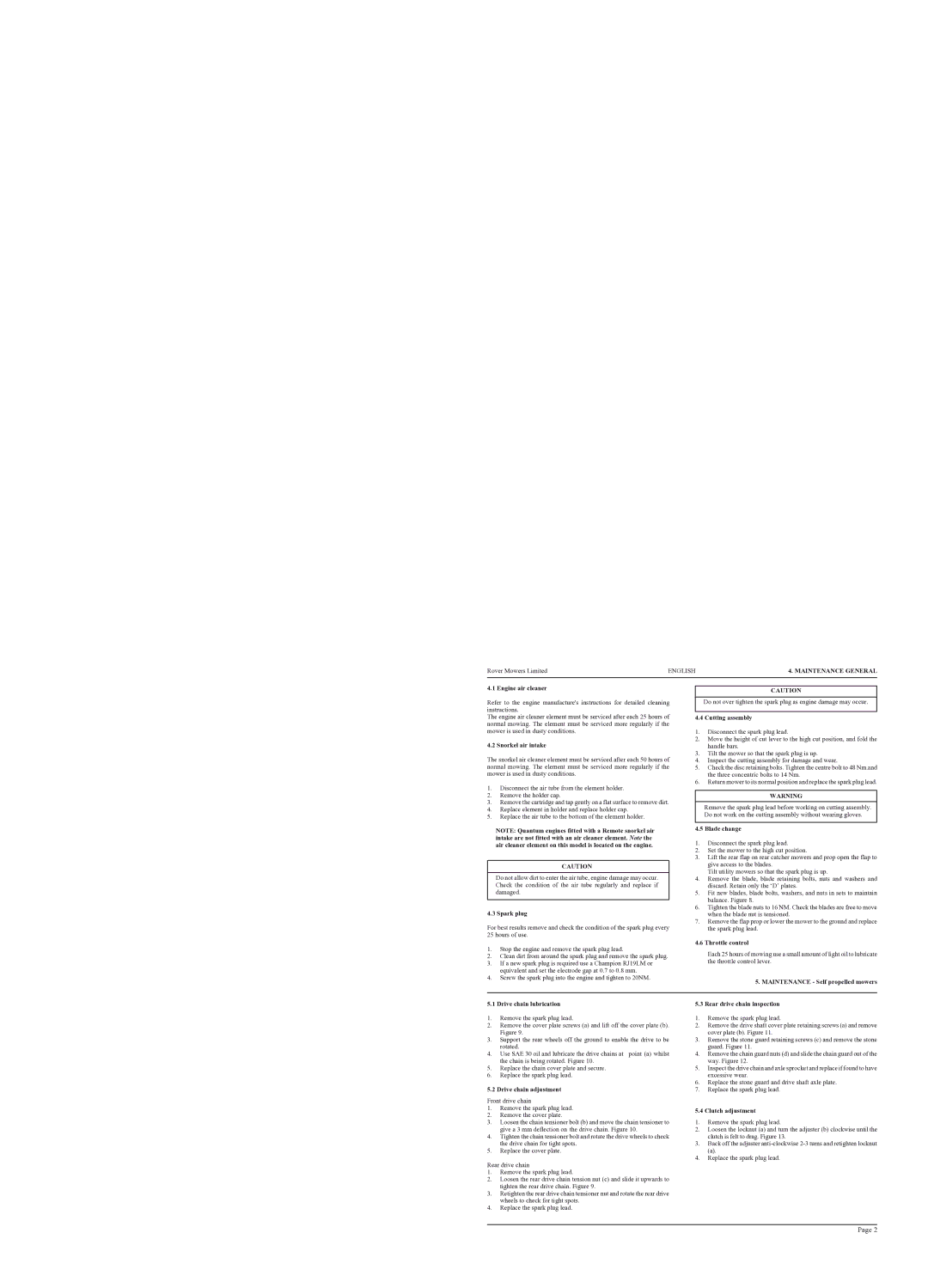50, 60 specifications
The Rover 50 and 60 models, produced by the British car manufacturer Rover during the late 1990s and early 2000s, represent an intriguing mix of classic styling and contemporary automotive technology. These models catered to the growing demand for compact executive cars, offering a blend of comfort, performance, and practicality.The Rover 50 is essentially a rebadged version of the Honda Concerto, showcasing Rover's knack for integrating Japanese reliability with British luxury. It features a design that reflects the quintessential Rover ethos, characterized by a smooth silhouette, elegant lines, and a distinctive front grille. The interior of the Rover 50 is designed for driver comfort, with spacious seating and high-quality materials that lend a premium feel. Interior technology options include innovations for the period, such as air conditioning, electric windows, and a comprehensive audio system.
Under the hood, the Rover 50 offers a range of engine options, including both petrol and diesel choices. These engines are designed to deliver a balanced mix of performance and fuel efficiency, appealing to both the sporty driver and the economically-minded commuter. The manual and automatic transmission options provide a level of flexibility for drivers with different preferences.
Meanwhile, the Rover 60, which followed a similar formula, aimed to attract a slightly more upscale customer base. With a larger footprint and a more powerful engine range, the Rover 60 is designed for those requiring a bit more space and performance. This model is praised for its smooth driving dynamics and confident handling, making it a popular choice among those seeking a reliable yet engaging driving experience.
Safety features in both models were comprehensive for their time. Dual airbags, anti-lock braking systems, and reinforced body structures were standard, reflecting an increasing focus on occupant protection in the automotive industry.
The Rover 50 and 60 symbolize an era of transition for Rover, as the company sought to blend its rich heritage with modern automotive advancements. As such, these models are often regarded as compelling choices for buyers looking for classic British design with the reliability of Japanese engineering, making them noteworthy entries in the history of compact executive cars.

